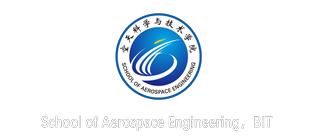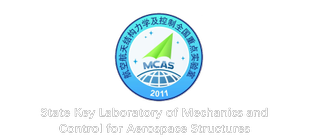Aerothermoelastic analysis of a hypersonic vehicle based on thermal modal reconstruction
Zhiqiang Chen and Yonghui Zhao
Abstract: Hypersonic vehicles operate in a severe aerodynamic heating environment, which has a significant impact on their structural dynamic characteristics. Therefore, aerodynamic heating effects cannot be ignored when performing an aeroelastic analysis for a hypersonic vehicle. However, incorporating aerodynamic heating effects into the fluid-structural coupling analysis will result in extreme computational costs. Actually, after experiencing a sustained flight in a fixed state, the vehicle will eventually reach the thermodynamic equilibrium. Thus, the aeroelastic analysis can be efficiently performed by using the structural dynamic characteristics of the heated vehicle operating in each equilibrium state. The effects of aerodynamic heating show that the modal frequencies and modal shapes of the flexible structure are bound to change significantly in comparison with the unheated structure. In this paper, a method of thermal modal reconstruction is developed in order to directly generate the structural mode shapes and frequencies within the given parameter space without having to solve a high-fidelity thermal and structural problem. Once the modal data are available, the multivariate interpolation in a tangent space to Grassmann manifold is used to generate the modal matrix at the arbitrary selected parameter point. Besides, the Kriging interpolation method is used to establish the approximate relationships between natural frequencies and sampling points. Finally, an example of an aerodynamic heated control surface structure is used to validate the effectiveness of the proposed aerothermoelastic framework. It is demonstrated that the developed thermal modal reconstruction method has good robustness, very high computational efficiency, and sufficient accuracy over a wide parametric domain.
原文链接:https://www.hindawi.com/journals/ijae/2019/8384639/





